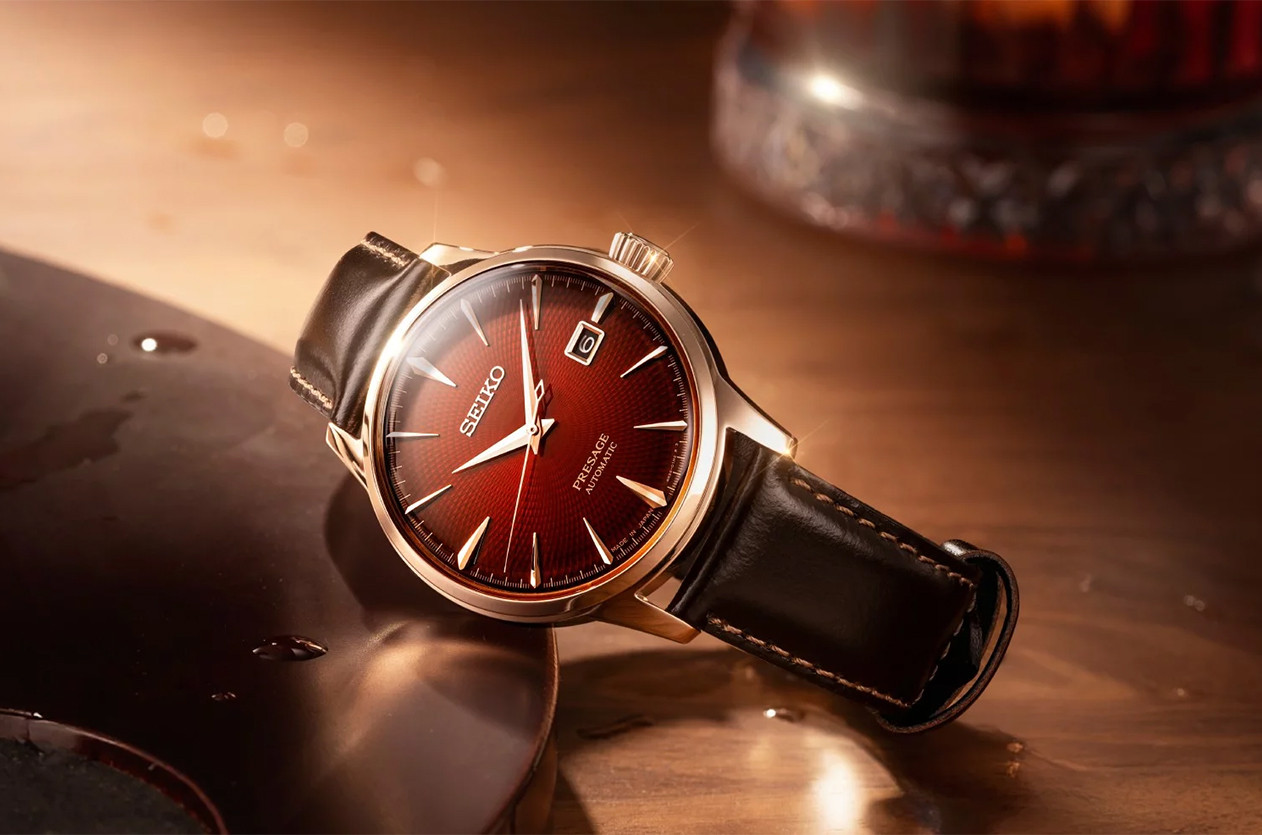
Introducing Seiko Unveils the Presage Cocktail Time SRPL96J “The Conte”
Welcome to the hub of the horoloy
Is a unit of measurement for frequency, representing the number of cycles or oscillations per second. This unit is used to describe the frequency of a watch's movement or the vibrations of a balance wheel.
Traditional mechanical watches typically operate at frequencies ranging from 2.5 to 4 Hz, which means the balance wheel completes 2.5 to 4 oscillations per second. This frequency is sometimes referred to as "beats per hour" or "vibrations per hour," indicating the number of oscillations the watch's movement performs in one hour. On the other hand, modern high-frequency watches, such as those equipped with quartz movements or certain mechanical movements, can operate at much higher frequencies. For example, quartz watches typically operate at a frequency of 32,768 Hz, making them more accurate in timekeeping.
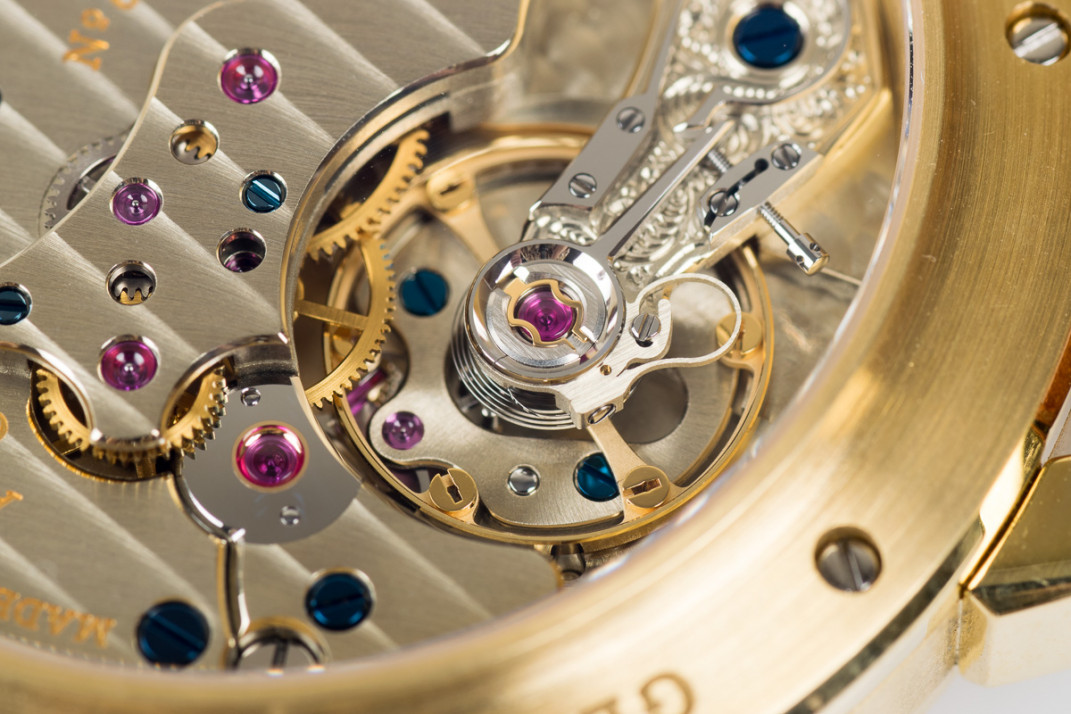

News Dubai Watch Week 2025 Will Be the Largest Ever with 90 Brands Participating
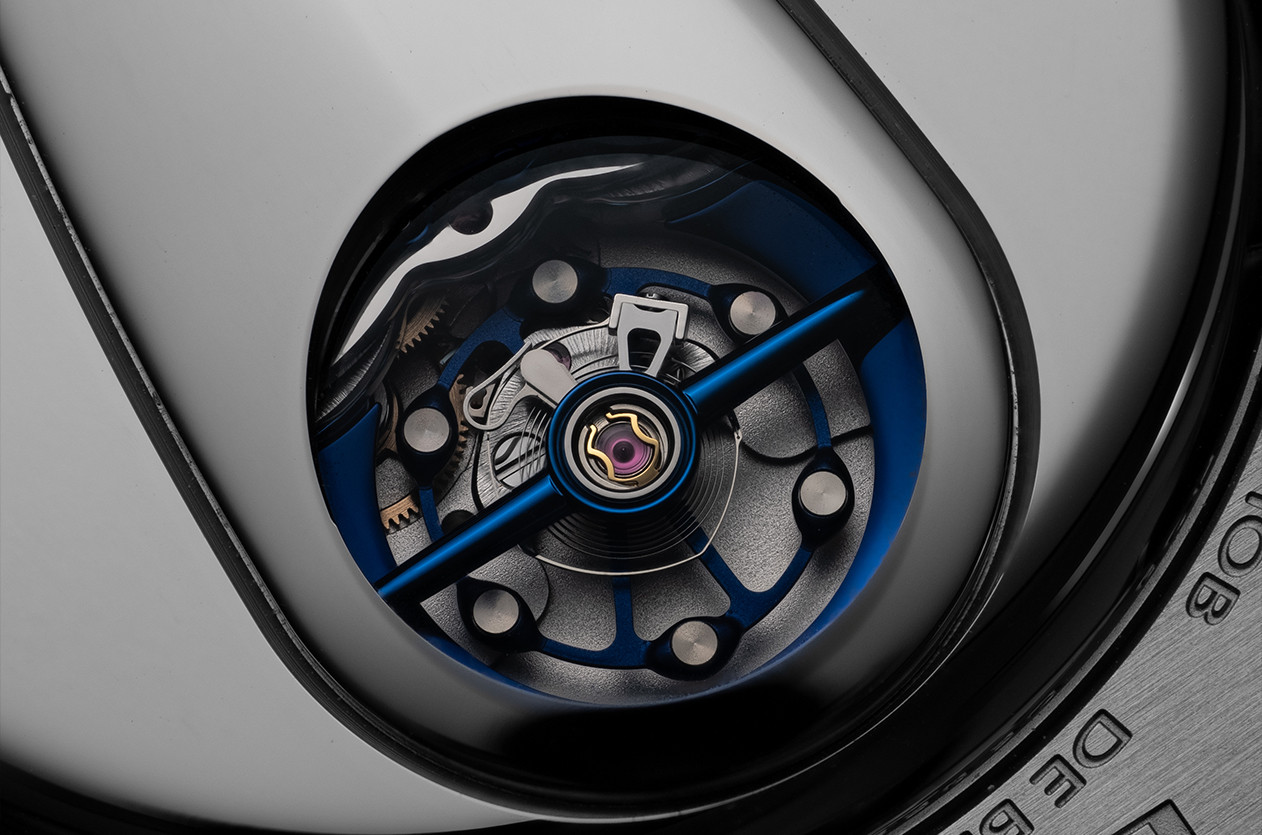
Technical The Frequency, Why It Matters in Mechanical Watches

Editorial The Secrets of Watch Case Design

Editorial Abraham-Louis Breguet, The Father of Modern Horology
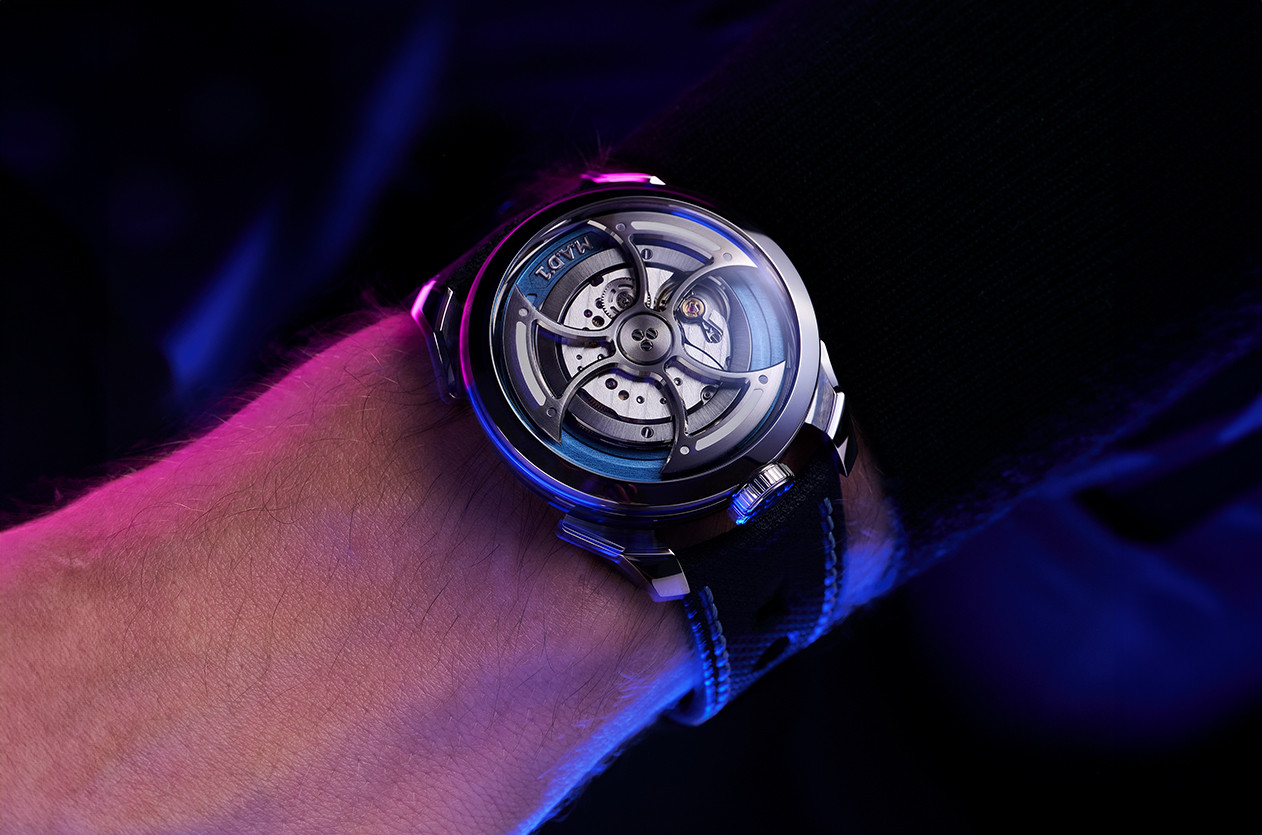
Introducing MB&F Unveils the New Generation of Its Famous Collection the M.A.D.1S
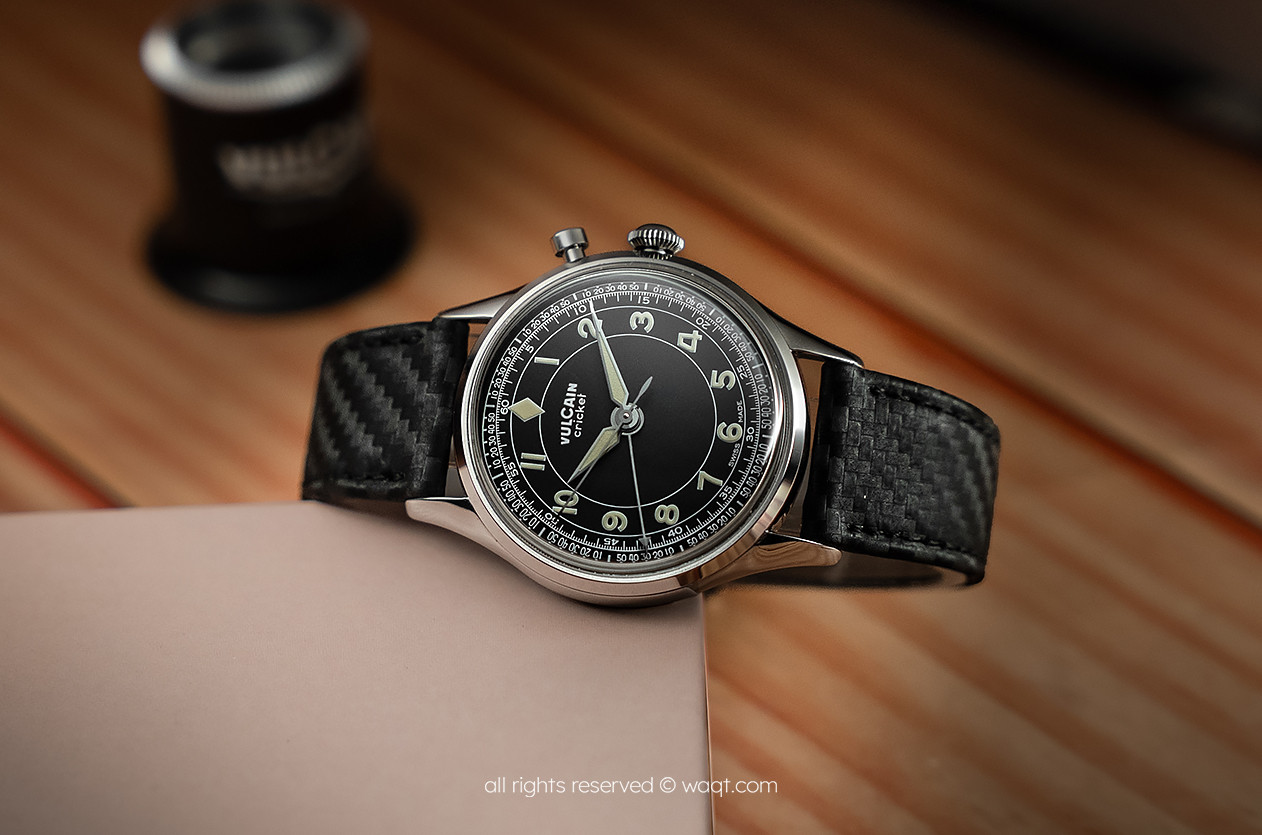
Hands on Vulcain Cricket Classic 39mm Black & Khaki